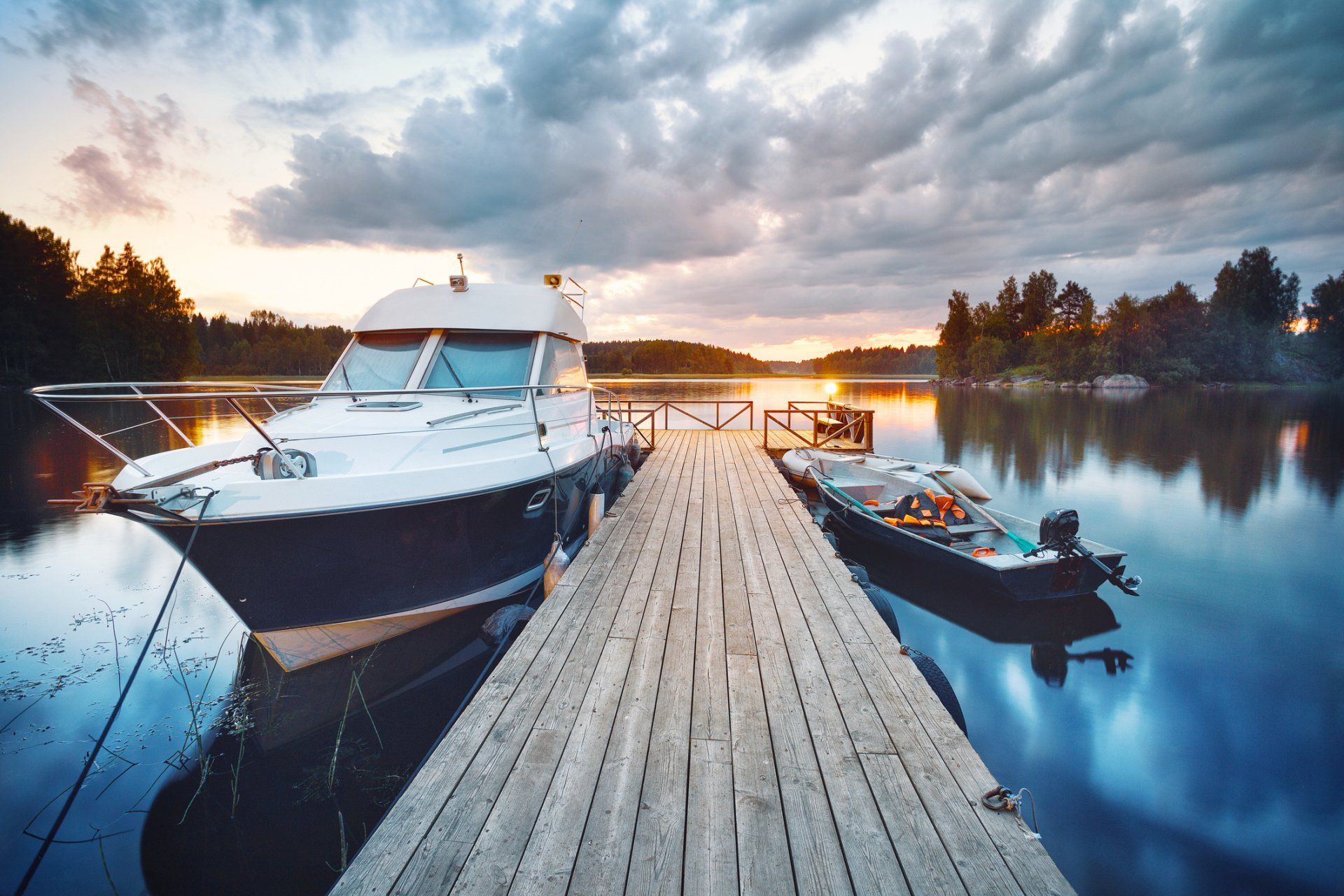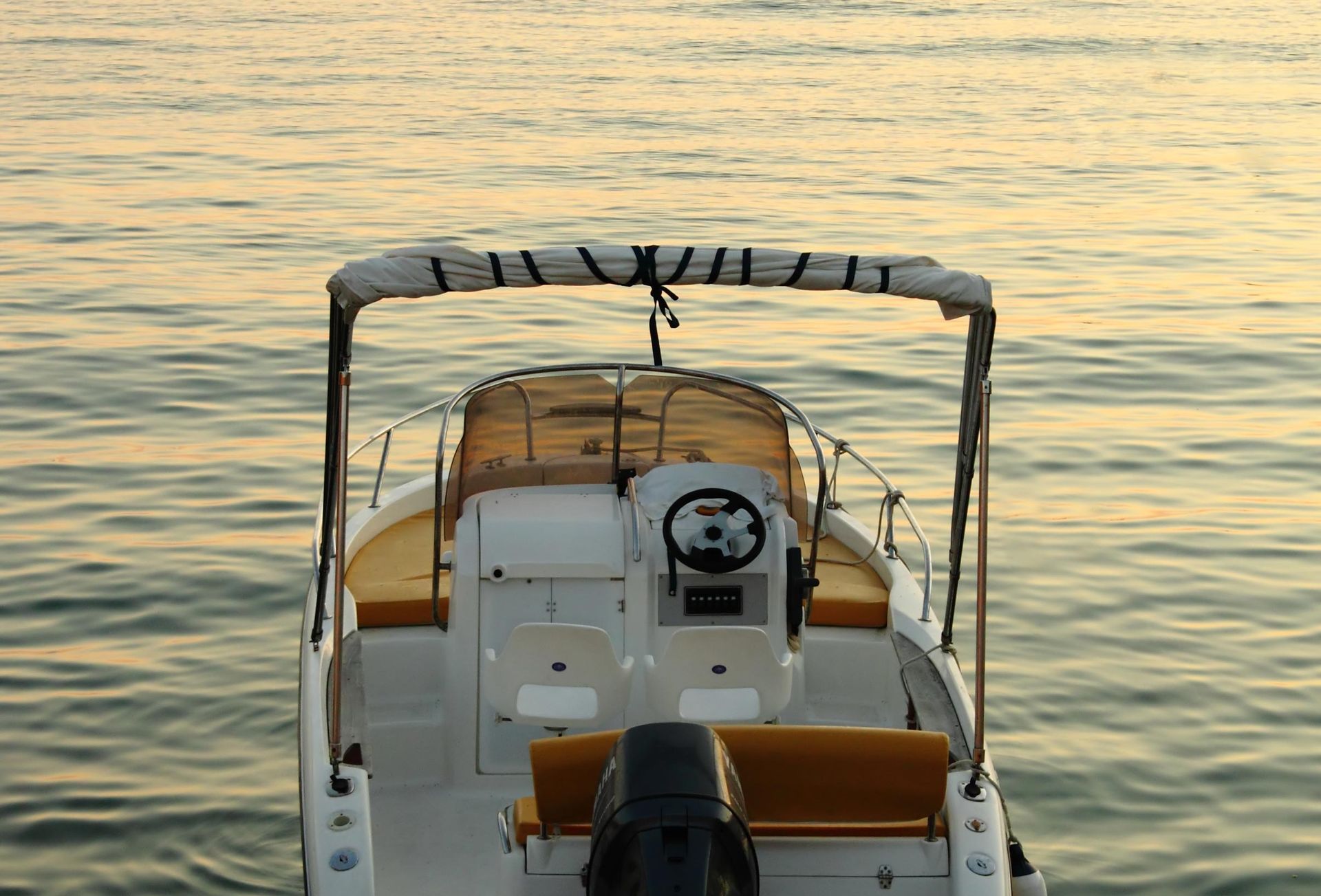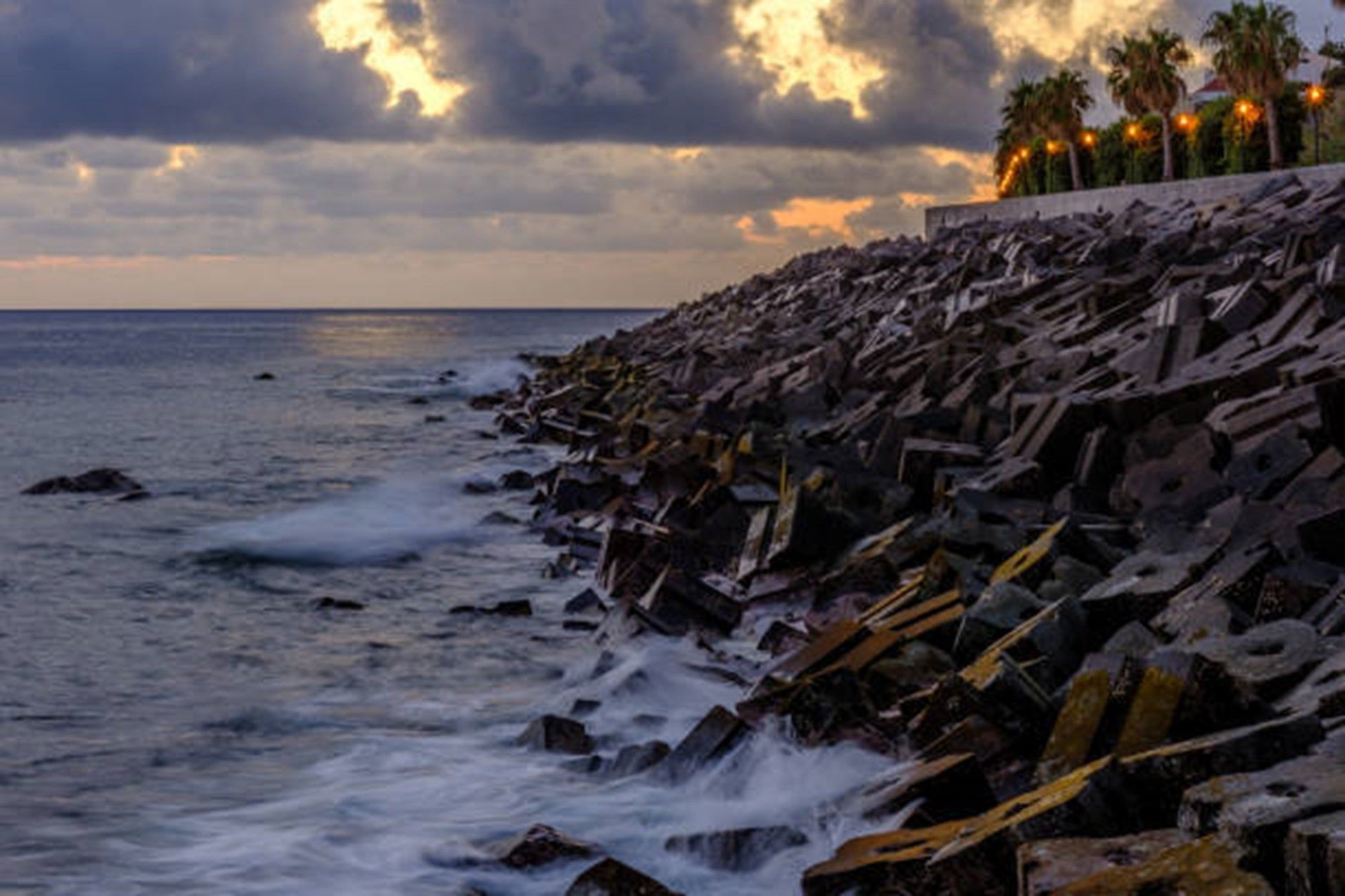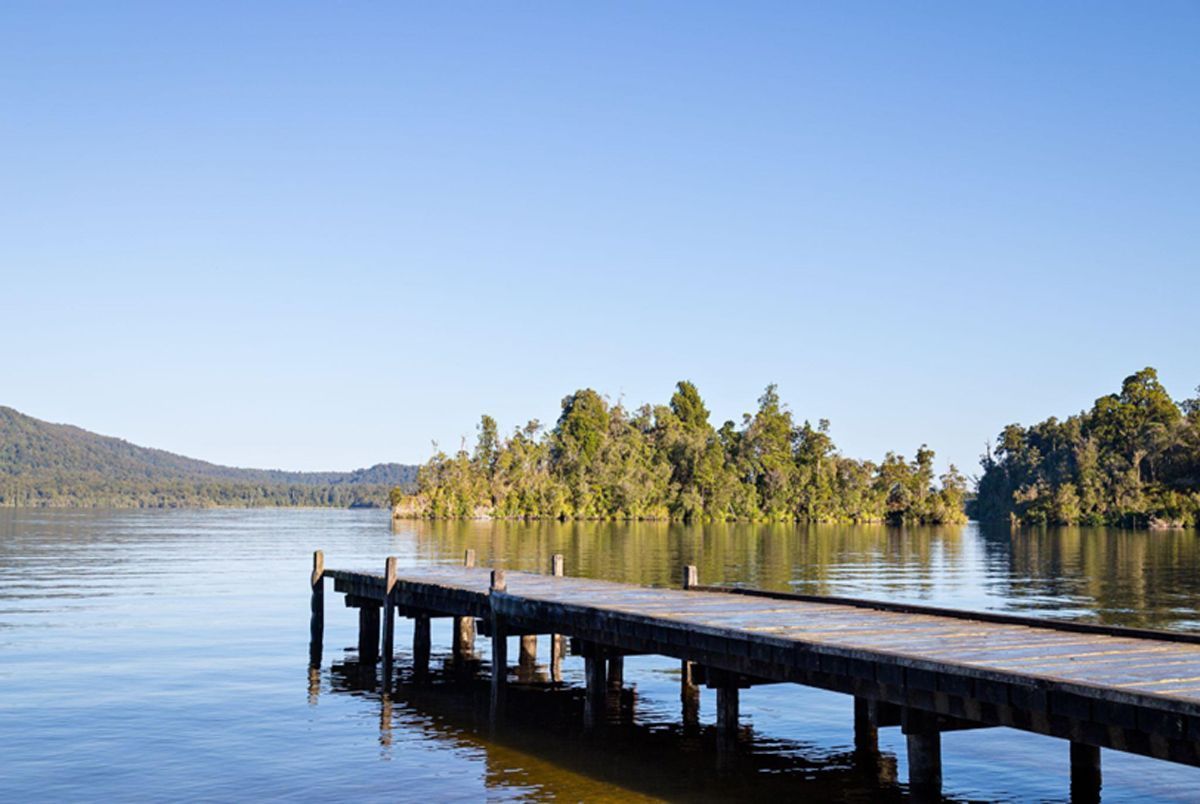4 Types of Marine Construction and Their Purposes

Marine construction is nearly as varied as land-based construction, and what type of marine construction project is right for your property depends on what you're looking to accomplish. Here are four types of marine construction and what each one's purpose is.
1. Docks: Tying Up Boats
Docks are perhaps the most common marine construction project, as they're widely used on waterfronts to tie up boats. Many people, however, don't realize how varied docks are. Several different kinds of docks exist.
Floating docks sit on top of the water's surface, moving up and down with any waves and tides that come along. They require calm water because they move, but they're easy and inexpensive to install. Marinas in protected areas may use floating docks because of their cost advantage.
Piling docks consist of platforms that are connected and anchored by beams which have been driven into the ground beneath the water. These docks are sturdy and can withstand substantial waves and currents, making them appropriate for places with more turbulent waters.
Pipe docks are similar to piling docks, but their underwater supports simply sit on the bottom. These docks fall somewhere between floating and piling docks in terms of cost and durability, making them useful in situations where multiple factors must be balanced. The docks are also removable, which is a consideration for seasonal communities and businesses.
2. Retainer Walls: Shoring Up Land
Retainer walls are widely used along waterfront properties to keep land from eroding into the nearby body of water. Unless there are a lot of trees, sizeable beaches, rocky shores, or bluffs on a property, the ground will slowly fall into the water if no barrier like this is erected.
Retainer walls can be constructed from many materials. Stones used to be the preferred material, but today many are made out of sheet metal, concrete, bricks, or other durable building supplies. Even pressure-treated lumber, which resists water damage, is an option.
3. Breaker Walls: Protecting Property
Breaker walls, or seawalls, are installed away from land to protect physical property from damage that waves might cause. They might be used to protect boats, docks, houses, shorelines, or anything else that's between them and land.
In order to withstand and reduce the impact of large waves, breaker walls are big and made from strong materials. They're not only tall and wide, but many are also long. The materials use are frequently concrete, large stone, steel, or comparable items.
Sometimes, breaker walls in areas that need only minimal protection will double as docks. A waterfront community on a lake, for instance, might construct a breaker wall in front of the community's property and have boats dock on the inside of the wall. Since lakes don't see the same waves that oceans do, this could offer sufficient protection for the boats.
4. Boathouses: Storing Boats and More
The primary purpose of boathouses is to store - or house - boats. Compared to docks, these structures offer more protection because they shield boats from the elements. Many also have hoists installed so that boats can be lifted out of the water for long-term storage or while repair work is performed.
In addition to keeping boats, boathouses may also include other spaces. The most common additions are storage closets for safety gear and other equipment and rooms for social gatherings. When a social space is built into a boathouse, it's usually put on as a second story. A second floor doesn't increase the building's footprint and affords views of the water.
These are just some of the many marine construction projects
you can have built. To discuss a project that may be suitable for your property, contact Edgewater Marine Construction, Inc.





